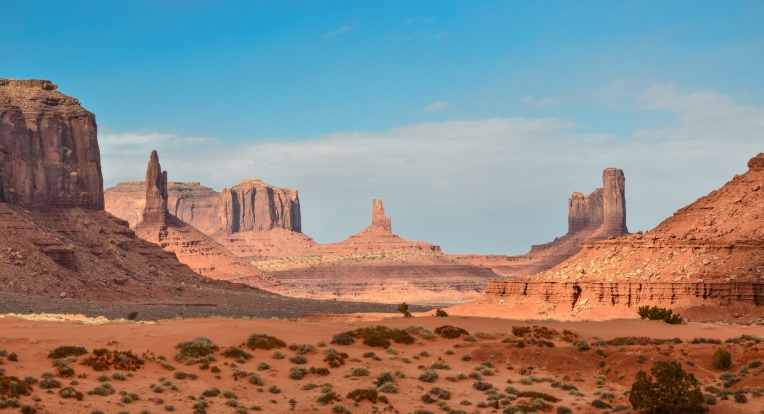Unveiling the Forces of Nature: Exploring Diastrophism and Volcanism
Diastrophism: shaping the Earth’s surface
Diastrophism is the process of large-scale movements of the Earth’s crust, which result in the deformation of the landscape. These movements can be caused by a variety of factors, including tectonic plate movements, volcanic activity, and the gradual shifting of land masses.
One of the most well-known forms of diastrophism is continental drift, where continents slowly move apart or collide with each other, leading to the formation of mountain ranges, valleys, and other geological features. This process can take millions of years to occur, but its effects can be seen all around the world.
Volcanism: the power of the Earth’s interior
Volcanism is the process by which magma, or molten rock, reaches the Earth’s surface, often resulting in the eruption of a volcano. This process is driven by the intense heat and pressure deep within the Earth’s interior, which causes magma to rise towards the surface through cracks or weak spots in the crust.
Volcanic eruptions can have a wide range of effects on the surrounding landscape, from the formation of new landmasses and volcanic islands to the destruction of entire cities and communities. These events can also have significant impacts on the environment, including the release of ash, gases, and lava into the atmosphere.
Exploring the forces of nature
By studying diastrophism and volcanism, scientists can gain a better understanding of the forces that shape our planet and the processes that drive geological change. Through the use of advanced technology and techniques, researchers are able to track and monitor these phenomena in real-time, providing valuable insights into the inner workings of the Earth.
As we continue to explore and uncover the forces of nature, we can better prepare for and respond to the potential hazards and risks associated with diastrophism and volcanism. By studying these processes, we can also learn more about the history of our planet and the mechanisms that have shaped the world we live in today.

